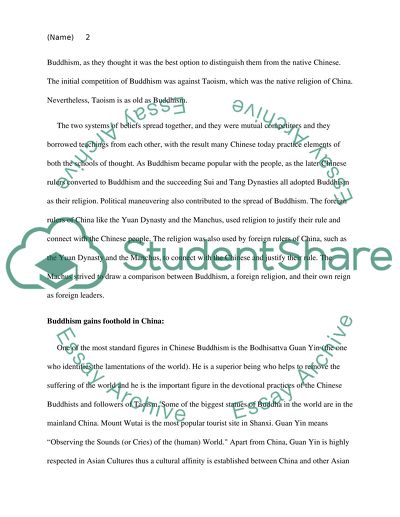Cite this document
(“Ancient China: How was Buddhism, originally an Indian religion, Essay”, n.d.)
Retrieved de https://studentshare.org/history/1491632-ancient-china-how-was-buddhism-originally-an
Retrieved de https://studentshare.org/history/1491632-ancient-china-how-was-buddhism-originally-an
(Ancient China: How Was Buddhism, Originally an Indian Religion, Essay)
https://studentshare.org/history/1491632-ancient-china-how-was-buddhism-originally-an.
https://studentshare.org/history/1491632-ancient-china-how-was-buddhism-originally-an.
“Ancient China: How Was Buddhism, Originally an Indian Religion, Essay”, n.d. https://studentshare.org/history/1491632-ancient-china-how-was-buddhism-originally-an.


